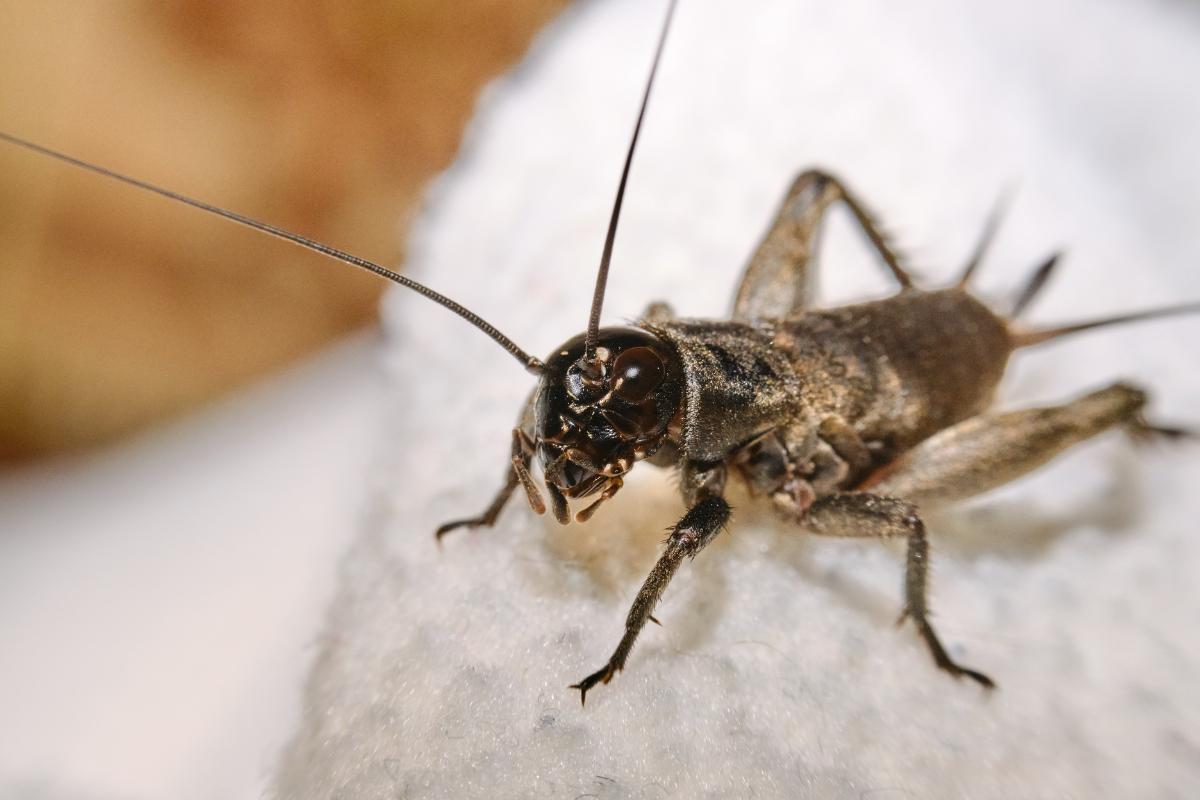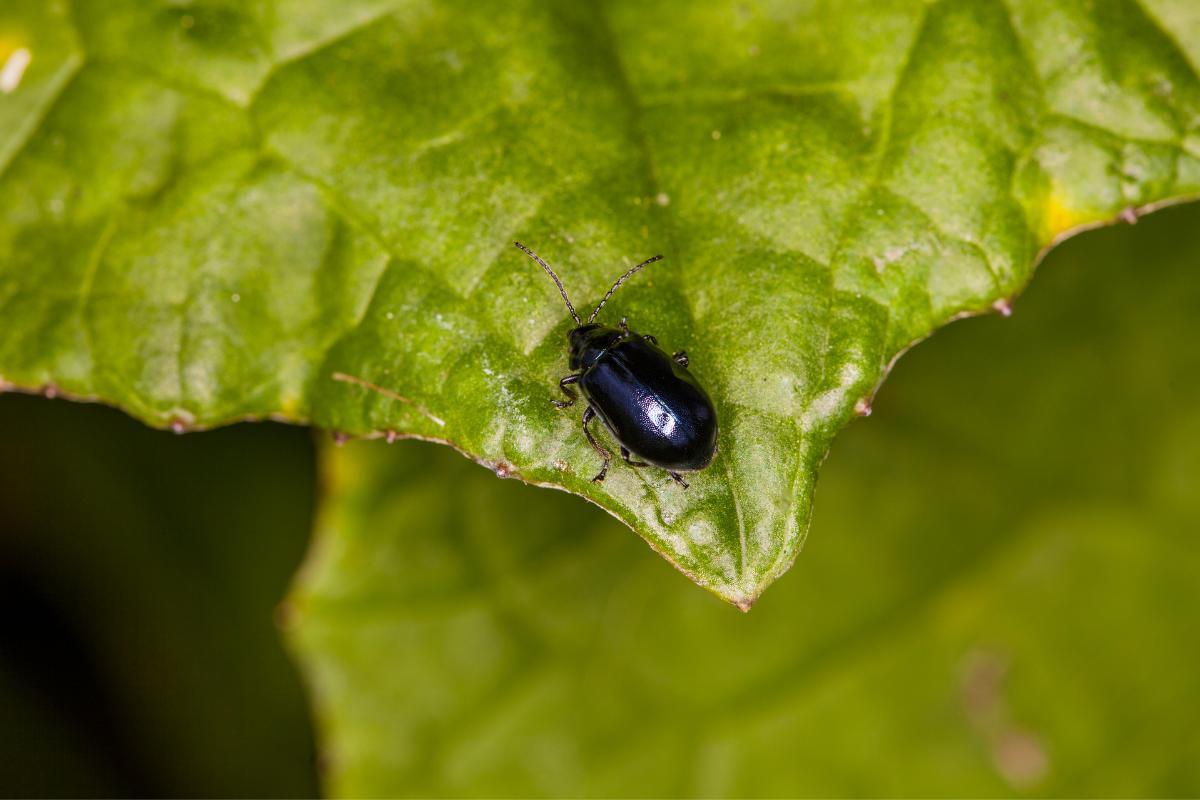How Long Is the Life Cycle of a Cricket?


Crickets are hopping insects related to grasshoppers and katydids found within the order Orthoptera. There are more than 2,400 species of crickets identified worldwide. They are known for their chirping sounds, especially at night, which is how male crickets attract mates. Certain cricket species can proliferate rapidly, posing challenges as pests in agricultural settings. Regarding their lifespan and life cycle, crickets exhibit variability influenced by factors such as species, environmental conditions, and individual circumstances.
In this AnimalWised article, we'll explore the life cycle of a cricket, delving into each stage and uncovering the average lifespan of these chirping insects.
How long is a cricket's lifespan?
Jerusalem crickets (Stenopelmatus) have the longest lifespans. These atypical crickets, unlike their chirping cousins, are flightless and live underground. Jerusalem crickets can live for up to four years, though their average lifespan is closer to seven months.
On the other end of the spectrum, crickets with the shortest lifespans are those with very short adult stages. This information isn't well documented for every species, but some cricket species likely only live as adults for a few weeks.
Cave crickets (Rhaphidophoridae), for example, have an average lifespan of just one to two years, and a significant portion of that time is spent as nymphs before reaching adulthood.
On average, crickets live for about 112 days. This is a rough estimate considering the wide range of lifespans across cricket species. These variations in lifespan underscore the impact of environmental conditions and captivity on the longevity of crickets.
In urban areas, house crickets (Acheta domesticus) are the most common cricket invaders. They are attracted to warm, humid environments and often sneak inside through cracks or openings around doors, windows, or foundations. House crickets typically live as adults for 6-8 weeks, with a total life cycle of 2-3 months. In ideal conditions indoors, they might survive for as long as 3 months as adults.
Dive deeper into the fascinating diversity of crickets. Our next article explores the various types of crickets out there, each with unique characteristics and behaviors.

Life cycle of a cricket
The cricket life cycle consists of four stages: mating, egg, nymph, and adult.
Mating:
Mating for crickets begins with the males' chirp, a sound they create by rubbing their hardened front wings together. This call serves to attract females, and often leads to confrontations between males vying for mating opportunities. The victorious male emits a specific sound that signals his dominance to potential mates.
Once a female is attracted, the male cricket will deposit a sperm packet on the ground. The female then picks up the sperm packet with her ovipositor and fertilizes her eggs.
Egg:
The female cricket lays her eggs in a moist area, such as soil or leaf litter. She can lay dozens or even hundreds of eggs at a time. These eggs then incubate for several weeks, with the exact timeframe depending on the surrounding temperature.
After laying their eggs in a suitable location, the female cricket leaves them to fend for themselves. She takes no part in protecting the eggs or caring for the nymphs once they hatch.
Intriguingly, some research suggests mother crickets might pass on information about dangers to their offspring even before they hatch. Exposure to predators like spiders during egg development can influence the behavior of the nymphs after hatching, making them more cautious.
Nymph:
Hatching from their eggs, cricket nymphs resemble miniature adults. Equipped with long antennae for navigation, powerful jumping legs for mobility, and chewing mouthparts for a varied diet, they are well-suited for growth. However, unlike adults, nymphs lack wings and the ability to fly. This vulnerability makes them easy prey for a variety of predators, including birds, lizards, and spiders.
As they grow, cricket nymphs undergo a process called molting. They shed their old exoskeleton, a rigid outer shell, to reveal a larger one secreted underneath. This molting process, however, requires a significant energy expenditure.
To meet this energy demand, cricket nymphs are opportunistic omnivores. They consume a diverse diet that includes various plant material, decaying organic matter, and even smaller insects. In some species, fierce competition leads to cannibalism, where larger nymphs consuming smaller siblings for a protein boost.
Adult:
Upon completing its final molt, the cricket emerges as a fully developed adult ready for reproduction. Adults begin seeking food and mating opportunities, with females laying eggs to continue the life cycle.
Ever wondered if that hopping insect is a cricket or its cousin? Our next article explores the differences between grasshoppers and crickets, helping you tell them apart!
What affects how long a cricket lives?
Wild animals, including crickets, are influenced by various environmental factors that impact their life expectancy. Factors affecting the lifespan of crickets include:
- Temperature
- Humidity
- Availability of food
- Predation pressure
- Disease susceptibility
Crickets, like many other Orthoptera, thrive in relatively high temperatures and are sensitive to extreme temperature fluctuations. They also prefer humid environments, with many species exhibiting a preference for areas with higher moisture levels. In fact, their distribution is more prominent in tropical regions compared to colder areas due to these preferences.
Crickets living in warm, protected environments with access to food and water tend to live longer than those exposed to harsh conditions or struggling to find resources.
Predation also poses a threat to crickets, as they are prey for many animals. Disease and nutrition also impact a cricket's lifespan, with access to a proper diet being essential for their health and development.
How long does a cricket live without eating?
All living organisms require water and food to sustain life, although specific dietary needs vary among species. Crickets, being omnivorous creatures, consume a wide range of foods including flowers, fruits, leaves, as well as eggs, larvae, and smaller insects.
Unlike some insects that enter states of metabolic inactivity such as diapause, crickets do not have this ability. Consequently, they cannot survive for extended periods without food. Generally, a cricket can withstand approximately 10 to 15 days without food before facing severe consequences. It is important to note that younger crickets and nymphs (immature crickets) have less energy reserves and may only last a few days without food.
Access to water is even more crucial than food for crickets. They can only survive a few days without water, even if they have recently eaten.
Our next article delves into the question of whether crickets, though resilient, can be harmful to humans in any way.
If you want to read similar articles to How Long Is the Life Cycle of a Cricket?, we recommend you visit our Facts about the animal kingdom category.
- Aguirre, A. and Barranco, P. (2015). Order Orthoptera . Available at: http://sea-entomologia.org/IDE@/revista_46.pdf
- Orthoptera Species File. (2024). Available at: http://orthoptera.archive.speciesfile.org/Common/entry/Login.aspx?Logo=1
- Walker, T. (2014). domestic cricket . Available at: https://entnemdept.ufl.edu/creatures/misc/crickets/adomest.html






